Around the world, many women and girls cannot access basic health care and are prevented from making decisions about their own bodies. Traditional beliefs about gender roles and challenges to women’s rights also mean women’s and girls’ health and well-being are suffering.
But when we invest in women—who make up the majority of healthcare workers worldwide—healthcare systems everywhere are stronger, and everyone is happier and healthier.
See how CARE, our partners, supporters and communities around the world are working together to improve women’s health and well-being:
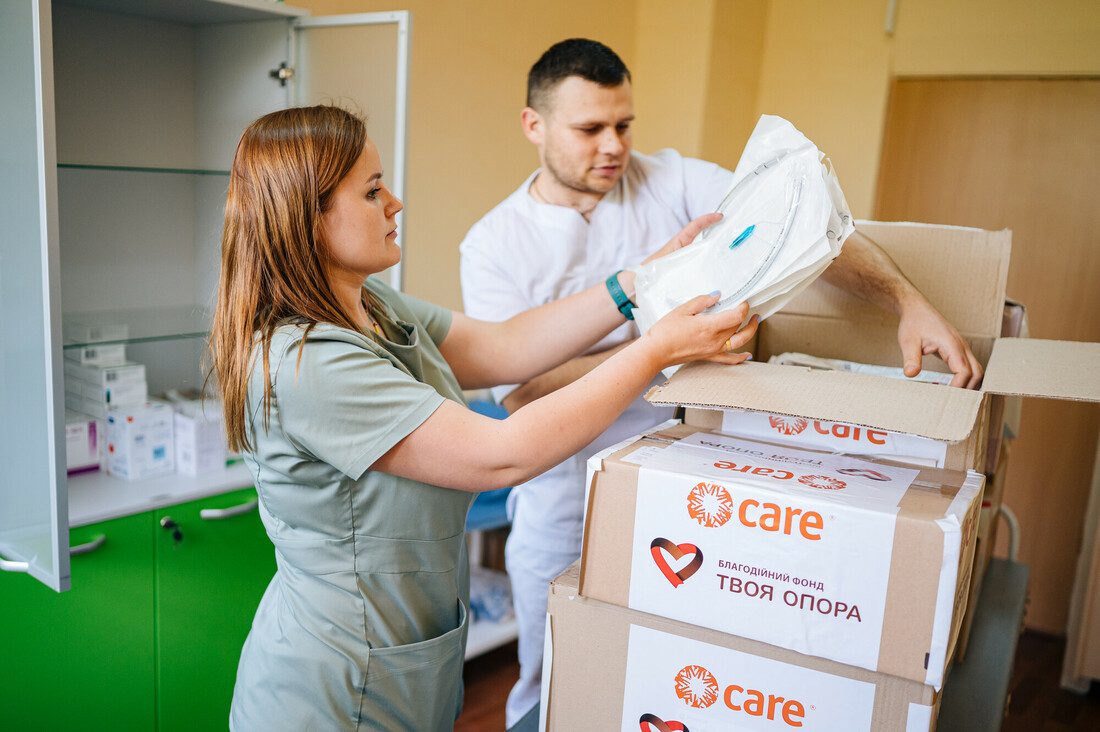

Tvoya Opora/CARE
CARE and our partner Tvoya Opora are working together to provide life-saving assistance for people inside Ukraine who are affected by the current conflict. We’re providing hospitals and other medical facilities with equipment such as anesthesia machines, ventilators, electric beds and medicine, and we support mental health service providers. Although they themselves fear for their lives, many health workers stay at their positions and work overtime.


Nusrat Daud Pritha/CARE
Seventeen-year-old Tania participates in a project that improves sexual and reproductive health and rights (SRHR) in Cox’s Bazar, Bangladesh.
Unlike many other girls her age in the region, Tania has access to information, services and resources that are available, and how to prevent gender-based violence and get support if she or others she knows are experiencing it.
Since the project’s launch, women and girls in the region have started speaking up.
“We come here; we speak about things! We like this a lot,” adds Tania.
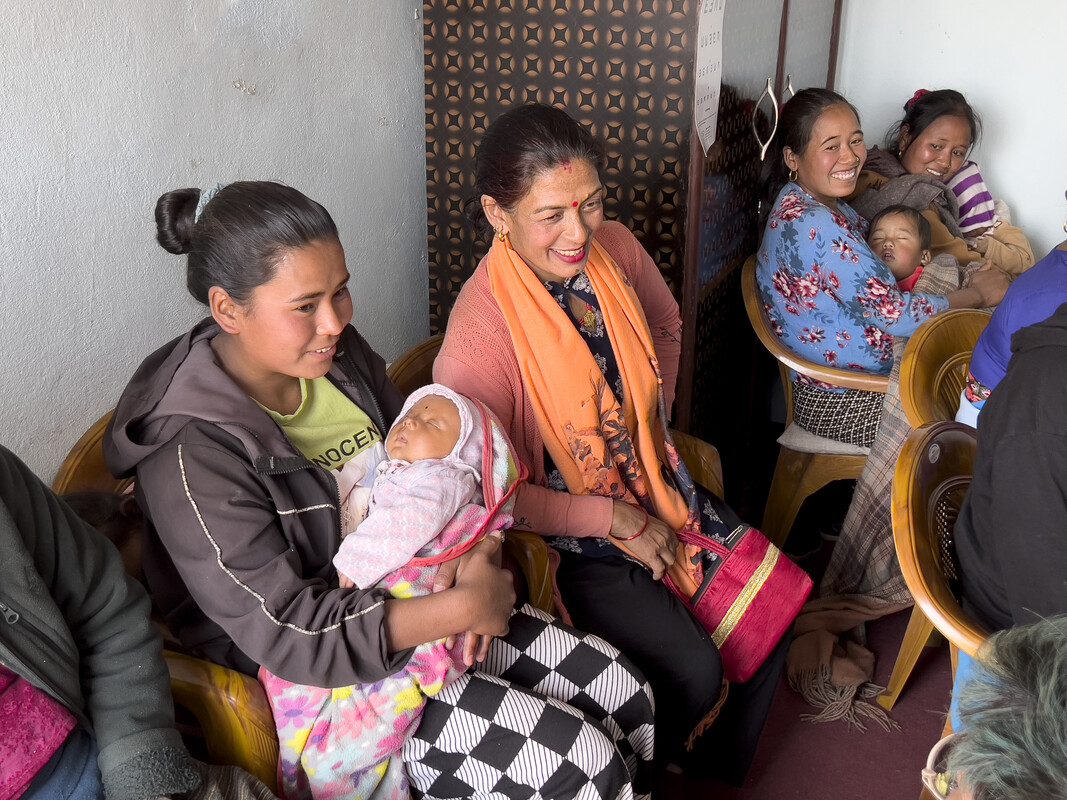

People gather in a community center in Simpal, Kavre, in the Sindhupalchok District, to discuss how the birthing center has improved maternal health. Laura Noel/CARE
According to the United Nations, every two minutes, a woman dies during pregnancy or childbirth around the world. Many of these deaths are preventable if women can access quality care close to home and if we address the root causes of inequality.
In Nepal’s Sindhupalchok district, a CARE-supported birthing centre has improved maternal health in the mountainous community. Many women either use the facility themselves or support the facility in different ways.
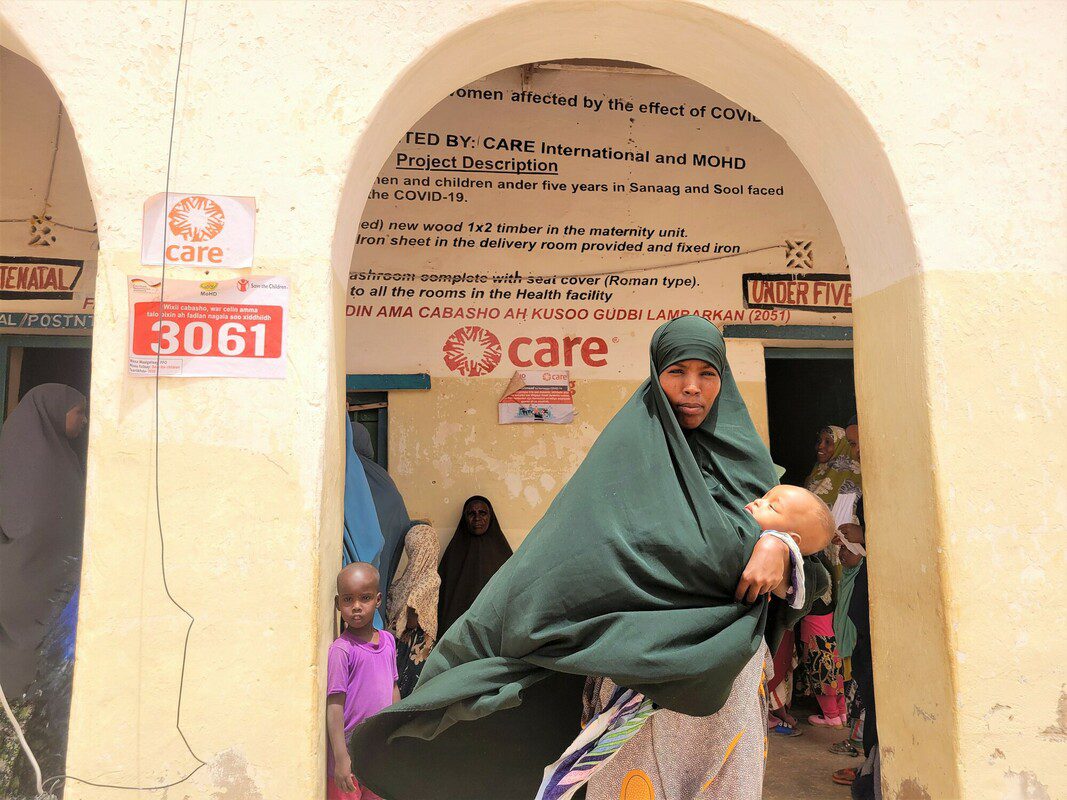

Sarah Easter/CARE
More than 1.4 million children are severely malnourished in Somalia. CARE has 56 health centres in the country, working alongside dedicated healthcare professionals from the communities they serve. Often, the centres are the only place for mothers and pregnant women to go to as hospitals are often several hundred kilometres away.
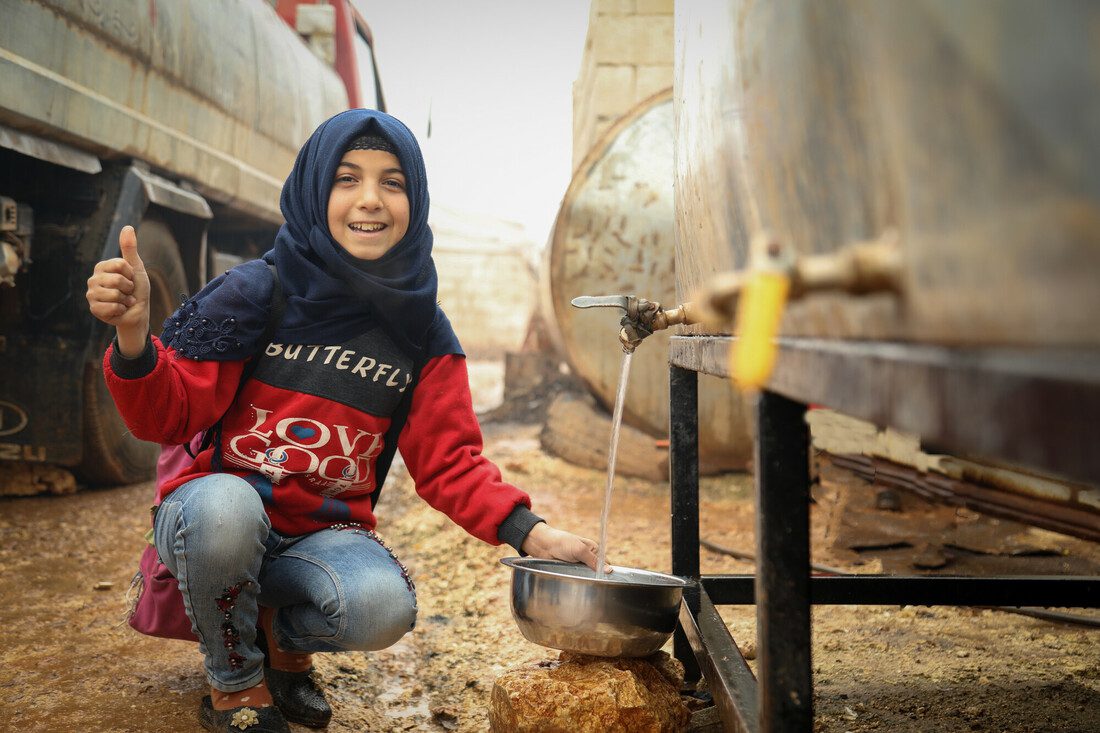

Syria Relief/CARE
Having safe water to drink and clean with is essential to survival and good health—and yet around the world, so many people can’t get it. The burden frequently falls on women and girls to find water for their families, which often forces them to leave their homes and walk for hours, preventing them from going to school, earning a living and putting their safety at risk.
CARE and our partners help build and repair water sources in communities that are closer to people’s homes. We provide safe, clean water to people in emergency situations, as well as sanitation and hygiene items with women’s and girls’ unique needs in mind. We also understand the need for lasting solutions, so we also work with communities to implement water stations with solar panels to generate clean energy, while decreasing the operational costs and negative impact on the environment. We engage communities by holding sanitation and hygiene awareness sessions so they know the facts and can prevent sickness.
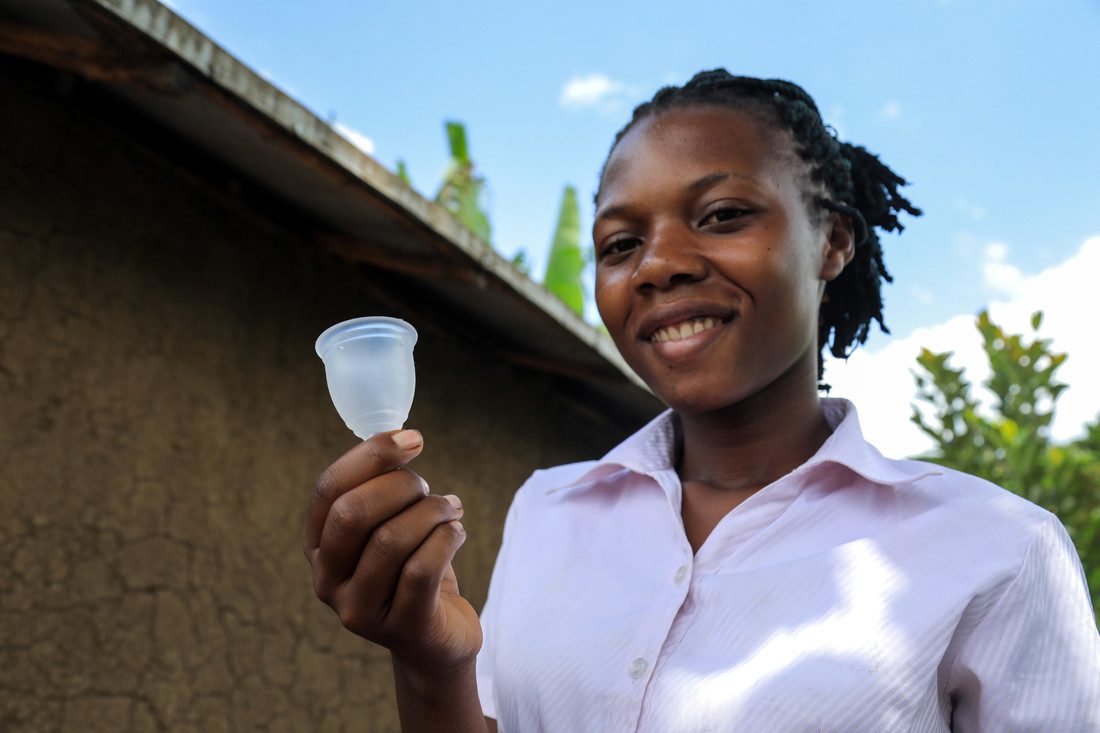

Hajarah Nalwadda/CARE
On any given day, more than 320 million people around the world have their period (Global Menstrual Collective). Still, many people around the world can’t access period products, services, and information. This is period poverty.
We work alongside women, girls, community members, staff, partners and volunteers around the world to break the cycle of period poverty and ensure women and girls can fully participate in all aspects of society and achieve their dreams.
CARE works with WOMENA, a reproductive health organization in Uganda, to provide information and products like menstrual cups and pads. Challin, pictured above, says “It can disturb school because you might not know anything about menstruation…At first, I was worried but by the time I got the ruby cap, I was not worried. When I’m menstruating, I just feel normal, I feel good because I know I have my ruby cup.”
By supporting healthcare workers, working with, and involving communities, partnering with local organizations, and advocating for policy change, together we can build a better world where everyone is safe and healthy.
Related news & stories


GAZA: Military offensive on Rafah would be a “cruel and heart-breaking blow”
APRIL 26, 2024 – As...


Canadian Aid Sector Welcomes Budget Boost for Humanitarian Needs
OTTAWA, APRIL 16 2024 –...
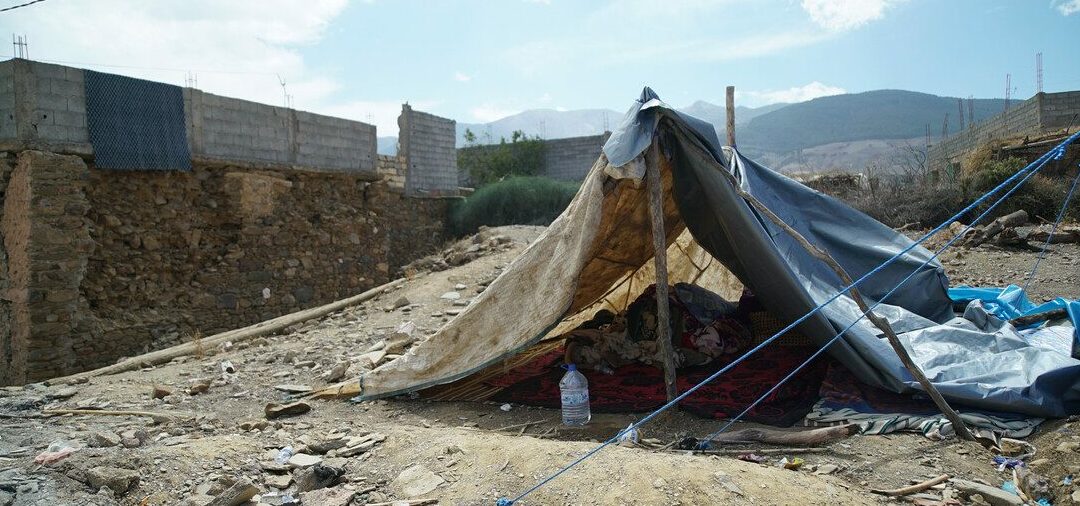

Morocco: More than six months after the earthquake, the road to recovery remains long
On September 8, 2023,...

